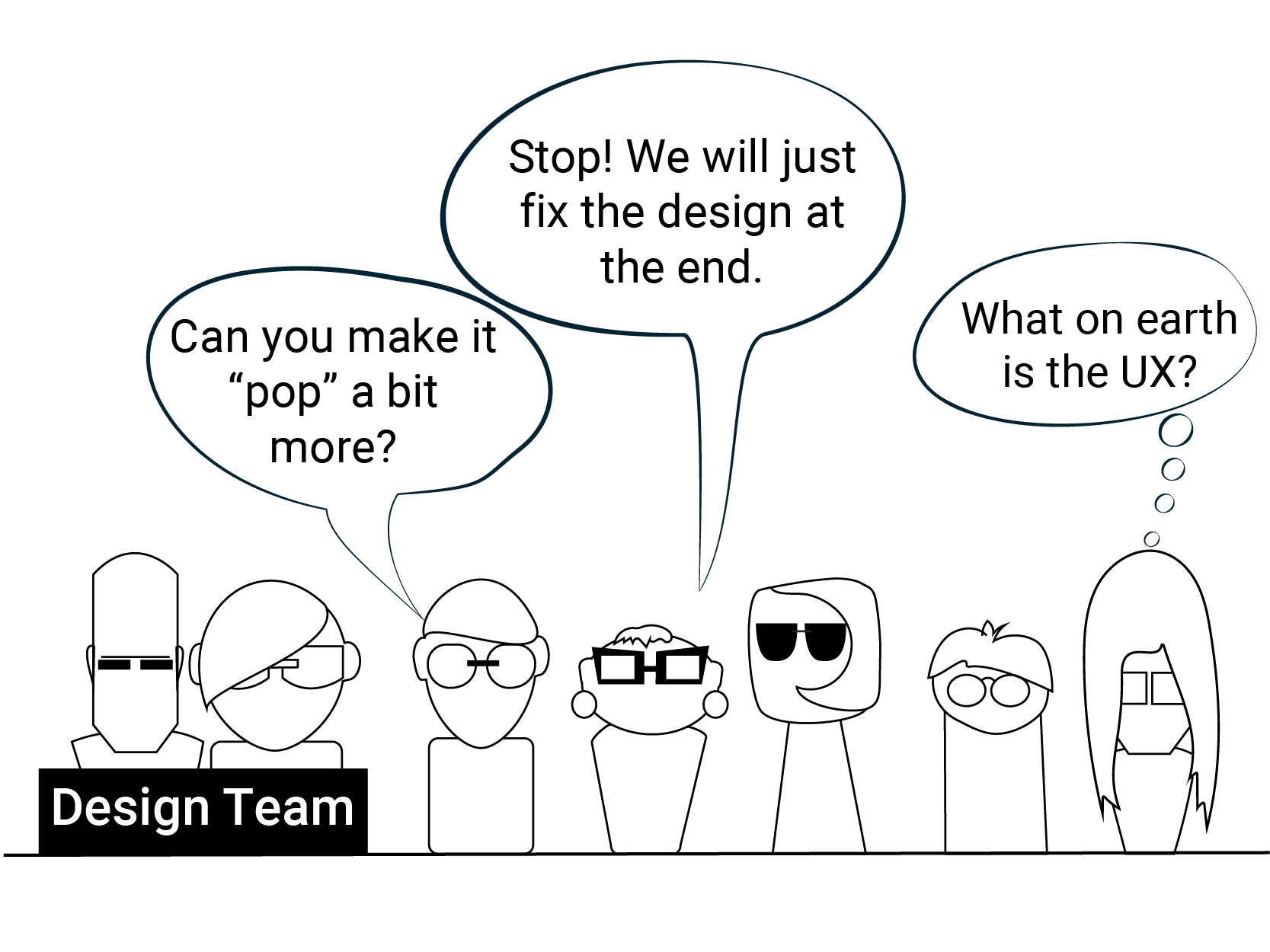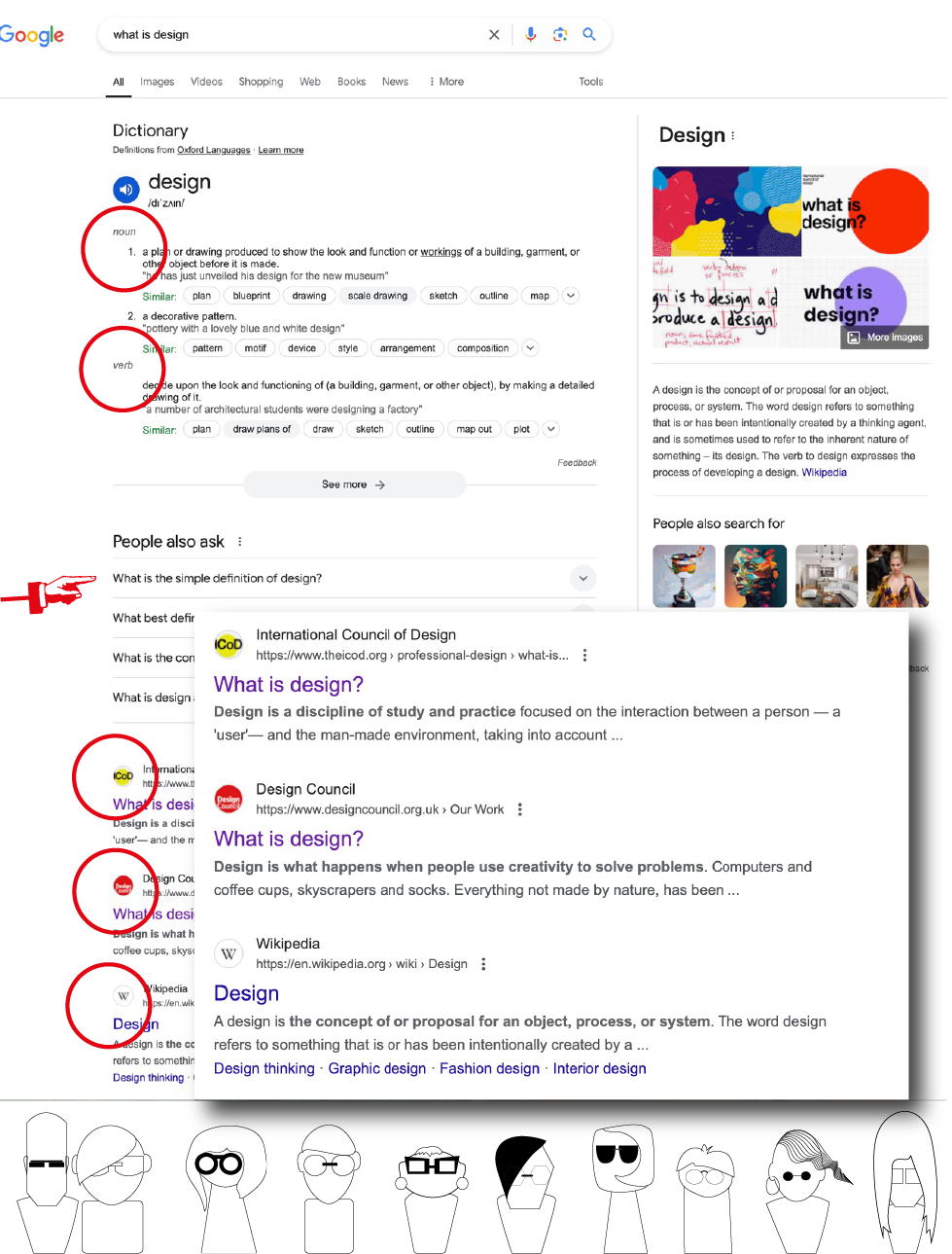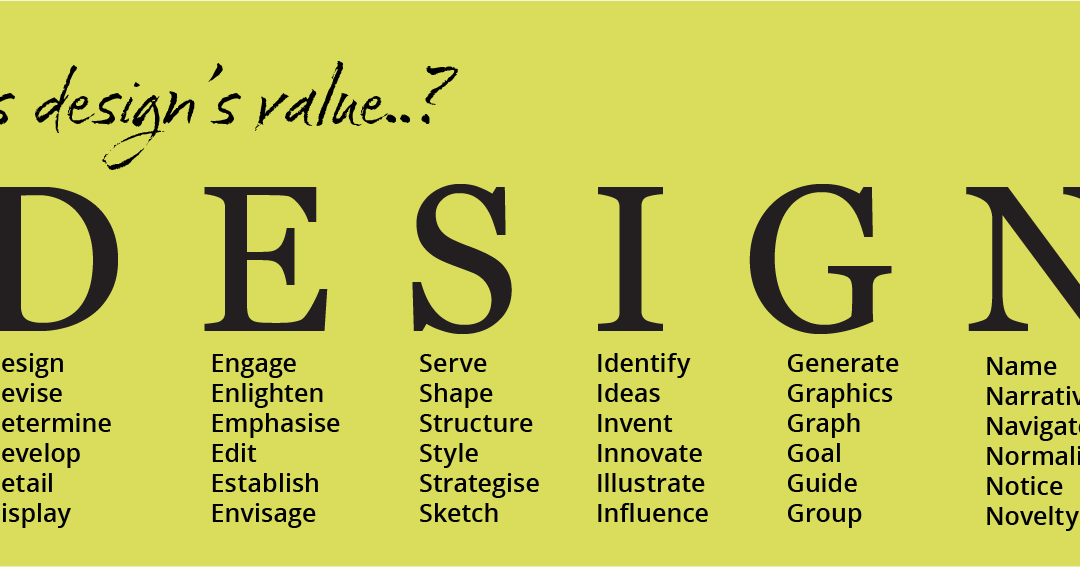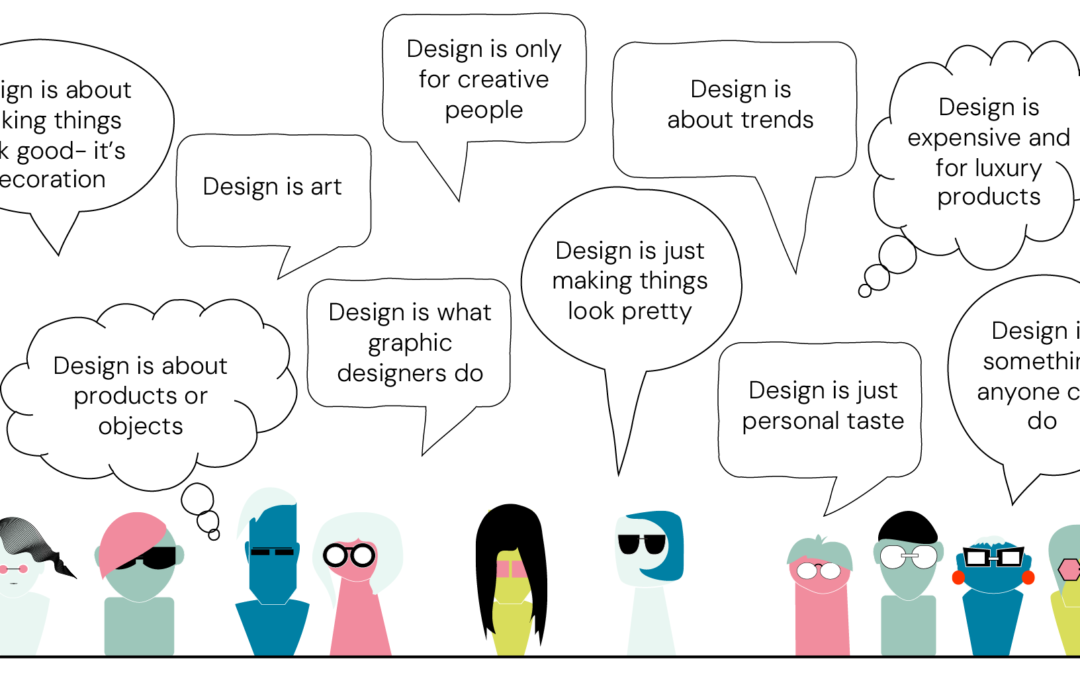Listen to this AI-hosted version of my (human-written) blog post below! It is quite fascinating how the two AI hosts interact with the content. Well worth a listen! About 10 minutes. Let me know what you think!
Why Defining Design is So Hard
What is design? The word “design” is so commonly used that you might wonder why we even need to ask this question!
The fact is, if you ask 10 people what design is, you will probably get 10 different answers. Not only that, I bet some of those answers will include, “What type of design do you mean?” “I’m not sure; I’ve never really thought about it.” “I don’t know; I am not creative.” “You mean graphic design?“ and so on.
In fact, design seems to be becoming even more confusing nowadays (UX and UI design, anyone?).
Try asking a few people about their thoughts on design and see for yourself.

The design dilemma
Throughout my career (and it’s been a long one!), my design and digital knowledge have been an invaluable asset in all my roles, from fashion design to a PhD.
They have provided a foundation for me to build on over time. Not just as a designer, but as a helpful resource I can refer to as new technology develops.
They have provided reference points to help me understand where any “new” knowledge fits.
More inspiring for me, however, is witnessing firsthand how understanding design can empower non-designers in any job role.
Suppose these skills are then paired with digital skills. In that case, you possess a robust design and digital literacy that transfers to any role.
My design and digital skills have been applicable to any role I’ve held.
However, the most common issue I have encountered (one that has remained unchanged for 40 years) is the mixed reactions people have to the word “design”.
Let me ask you this: could you explain the meaning of design to someone?
Read on to discover why it is such a confusing word and what we can do about it.
Design: A word that’s lost its way
At its core, design is about intentionally shaping our world, solving problems, and creating a better future, both in the physical and digital realms. And it’s something we all do, whether we realise it or not.
Yet, do you know that no single definition for the word “design” is accepted by governments, universities, businesses, and the general public?
This means there is no meaning we all agree on for design!
It is human nature to undervalue something we don’t understand. Unfortunately, undervaluing a term like design can affect communication across disciplines, and that alone can become a nightmare. However, it also means projects can get derailed, which costs time and money and causes various other challenges.
To be fair, most people are unaware of a design issue; after all, it’s a commonly used word. We all know what design is, right?
Yet, imagine this: when I say “engineer,“ you probably picture bridges, buildings, or maybe a rocket scientist. When I say “architect,“ you think of blueprints and beautiful structures. But what comes to mind when I say “designer?”
If you’re like most people, you might pause and ask, “What kind of designer?“

We might value architecture or engineering, but it is rare to professionally endorse design.
Throughout my long career, I have worked in or around design roles, and it never ceases to amaze me that, after 40 years, we will still encounter many of the same attitudes towards design.
Does the meaning of design really matter?
Should it matter if we disagree on what design means? Perhaps not. Yet, what is very clear is that we all have our own assumptions about design, which we take with us wherever we go, especially when working. The biggest issue is our human tendency to assume that other people think about design in the same way we do.
Take this conversation, for example.
Me: What do you think of when you hear the word design?
Business Owner: Nothing. If I heard people talking about design, I would tune out; it has nothing to do with me and doesn’t interest me.
Then,
Me: Please describe your work and your day-to-day activities.
Business Owner: …I gather all the information and “design” packages for my clients…
I love this example; it showcases perfectly how our unconscious mind uses the word “design”.
Now, with the ability to work worldwide from our sofas, it is no wonder there is confusion about design and its value in the workplace.
Of course, a dictionary can help. It will highlight the first confusing fact: design is a verb and a noun. Then, if we conduct a Google search, the diverse range of answers to “What is design?” means you have to pick a definition that resonates with you.
Take a look at all the Google responses to the “what is design” search query.

In the image above, where did you look first? Does it feel overwhelming?
Did you find the dictionary definition helpful? Could you use that and explain “design” to someone else?
I have been involved in design throughout my working life, and I found all those references a bit much!
My best advice, when it comes to defining design, is to step back and think about your design assumptions. This self-reflection alone is a major transferable skill!
The value of design
Should we value design more? One criticism of design is that many business leaders are unclear about what it entails. They are unsure how to quantify the results, so it is easier not to engage with it.
That is probably why, in the early days of my career in fashion, it was common for the accounts department to approve or reject final designs.
Stay tuned for Part 2
In Part 1 of What is Design? I explore the challenges of defining “design,” particularly as concepts like UX and UI add layers of complexity to the conversation. The word design is so deeply ingrained in our language that we sometimes use it unknowingly, and all this confusion leads to design as a whole being undervalued.
While its definition may be multifaceted, in Part 2, I will present concrete examples of how design shapes our world. Please join me in Part 2!
What is design to you? I would love to know. You can email me here.
Until next time,
Jan
How can I help?
If we can’t agree on a single, perfect definition of design, how can we ensure we’re all on the same page?
That’s where my research comes in. I’ve spent years exploring this very question, and I’ve developed two tools to help:
1. The Handbook for Non-Designers: 65+ ESSENTIAL Concepts
Think of this as your foundation in design and digital literacy. I’ve hand-picked over 65 essential terms, from “design“ to “accessibility“ to “file formats.“ I explain them in plain English. What do these terms mean, why do they matter to you, and how do they impact your work? No jargon, just clarity. Part I is all about design!
2. The AAVA Framework: Your Simple Guide to Shared Meaning
Knowing the words is only half the battle. You also need a process to ensure everyone understands them the same way. That’s where AAVA comes in. This four-step framework, born directly from my PhD research, helps you build shared understanding in any conversation:
- A for Accept: we must first accept that we tend to overlook our different interpretations of even commonly used words.
- A for Assumptions: we all have assumptions so it is critical that we remember they are present if we want shared meaning.
- V for Vocabulary: it is always worth checking what different terms mean to your group, especially words we think everyone knows.
- A for Acknowledge: now it is time to identify and document shared meanings, so everyone is clear about what a word means in that instance.
AAVA is not about telling people what to think. It’s a practical, actionable way to cut through the confusion and ensure everyone is working in the same direction.





0 Comments